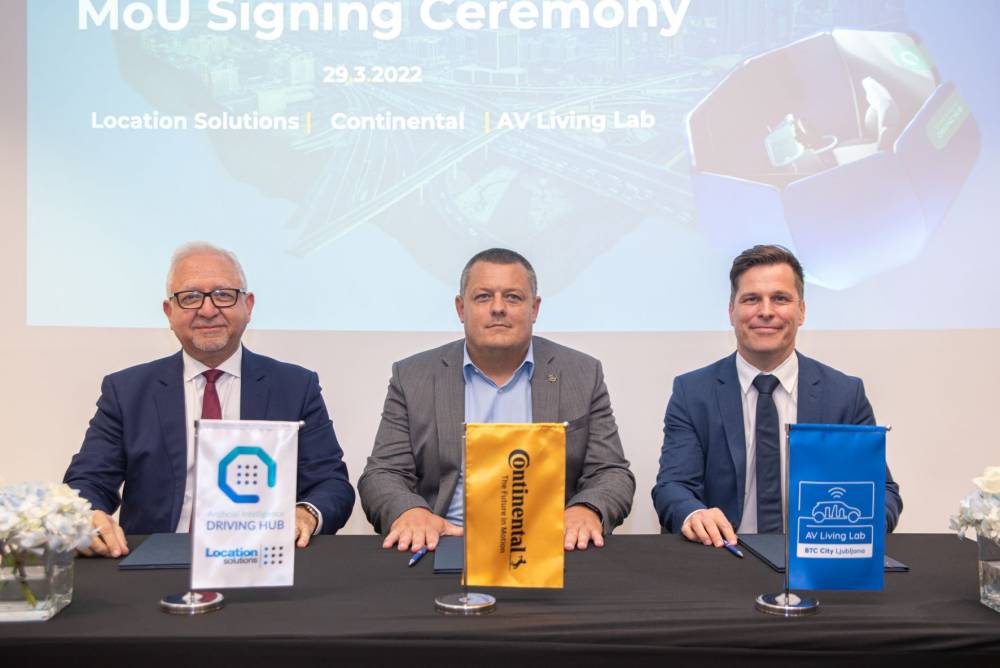- At the IAA 1969 in Frankfurt am Main, Continental presented an ABS for the first time
- ABS is the central safety system and makes a key contribution to the implementation of Vision Zero, accident-free driving
Middle East, September 22, 2019. Continental, the leading German tyre and automotive technology company, is celebrating this month 50 years of the anti-lock brake system (ABS). First presented by Continental at the 1969 IAA in Frankfurt, ABS is a technological development that has helped prevent thousands of road fatalities in the Middle East and across the world.
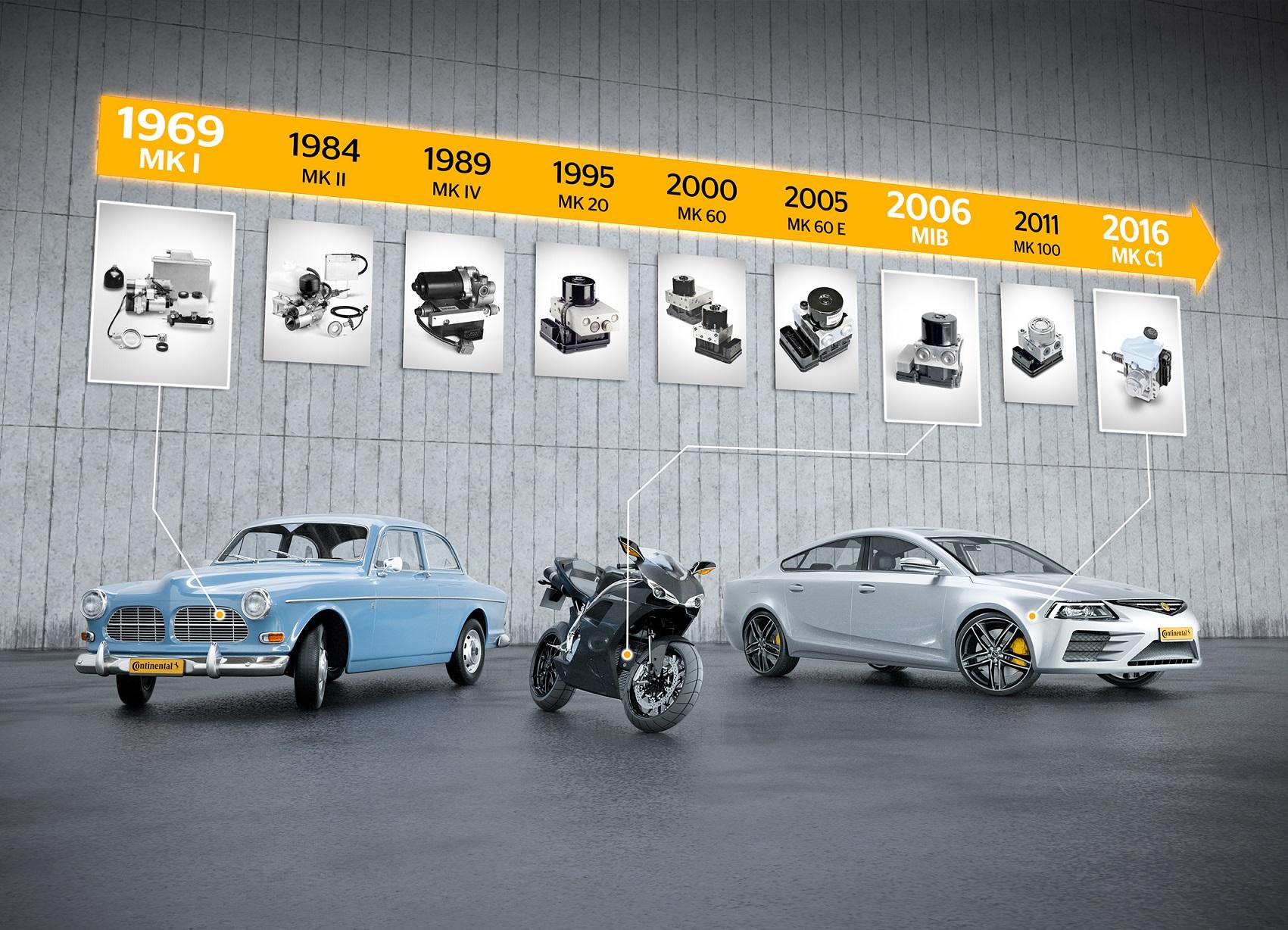
The idea of preventing car wheels from locking while braking (i.e. ensuring that it is able to steer) had already occurred to vehicle designers in the 1920s. But a solution to the problem only emerged with the development of powerful electronics. Starting in 1965, engineers at Teves (later ITT-Teves) – the company became part of Continental in 1998 – worked on an anti-lock brake system for passenger cars. By 1984 the world's first microprocessor-controlled ABS for passenger cars on the road, the MK II, was launched. In North America it was available for the Lincoln Continental, while in Europe this safety technology became a standard feature of the Ford Scorpio.
Helmut Fennel, who at the time held a key function in promoting the use of microprocessors for ABS, explains the decisive advantage of the technology as follows: "Due to its programmability, our system could be quickly and optimally validated both for braking manoeuvres on rough roads, that is, with a high coefficient of friction, and for those on slippery roads, such as on ice in winter. It was also considerably more flexible than other solutions and could therefore be quickly adapted to different vehicle concepts, such as models with front-wheel or all-wheel drive. The microprocessor solution gave us a head start of several years."
ABS as a central safety system
The MK II was the first ABS on the market to combine the brake function, brake booster, hydraulic control and anti-lock brake system into one compact unit. A traction control system (TCS) was also integrated shortly afterward. An important milestone in the development of ABS was the later MK IV system, which went into series production in 1989 and for the first time also included an electronic brake force distribution system, making mechanical-hydraulic components superfluous. Continental's developers took another developmental leap forward in 1995, when an electronic stability control (ESC) was integrated into the MK 20 system for the first time and furthermore a groundbreaking design was developed.
An ABS today is equipped with up to 50 additional and safety functions, such as the automatic release of the parking brake when starting off, hill start assist or as an important component of adaptive cruise control systems. And all that in just two kilograms and taking up the same amount of space as a single-lens reflex camera (SLR). The first production-ready ABS from Continental was the size of a 5-litre petrol can and weighed 11.5 kilograms. Over the past 50 years, ABS has become the universal chassis control system for longitudinal and lateral dynamics, in particular as a result of further developments that eventually led to the ESC. Since the system can individually control the braking force for each wheel, it is indispensable for current and future cross-vehicle control systems. It is also a condition for further safety technologies such as driver assistance systems and enables the next steps towards automated driving.
ABS technology saves innumerable lives
The introduction of ABS has significantly improved road safety, with other factors such as the safety belt and the introduction of speed limits playing a role alongside the spread of ABS. Since the introduction of the first systems at the end of the 1970s, the total number of people killed in road traffic in Germany has fallen by 80 percent. Similarly, in the UAE deaths from road accidents have fallen form 33 per 100,000 population in 1988 to just 3.83 in 2018.
ABS – for both passenger cars and motorcycles – therefore makes a significant contribution to the long-term goal of Vision Zero, a future without road traffic crashes. In order to come ever closer to this goal, even after 50 years of ABS, Continental is still pressing ahead with the development of this safety system.
-End-

The MK I was Continental's first brake system with ABS function and was presented for the first time at the IAA 1969 in Frankfurt am Main.
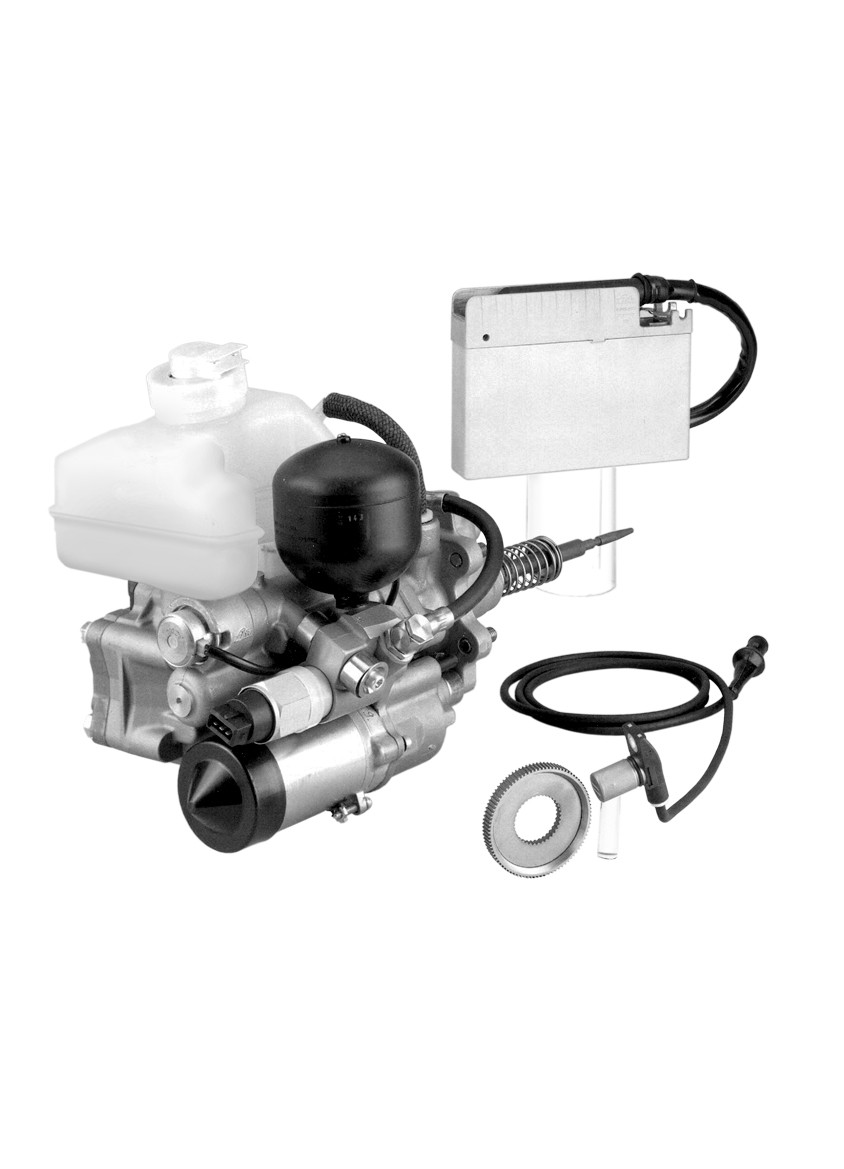
The MK II from Continental the world's first microprocessor co.The MK II from Continental: the world's first microprocessor-controlled ABS for passenger cars. The system hit the market in 1984.
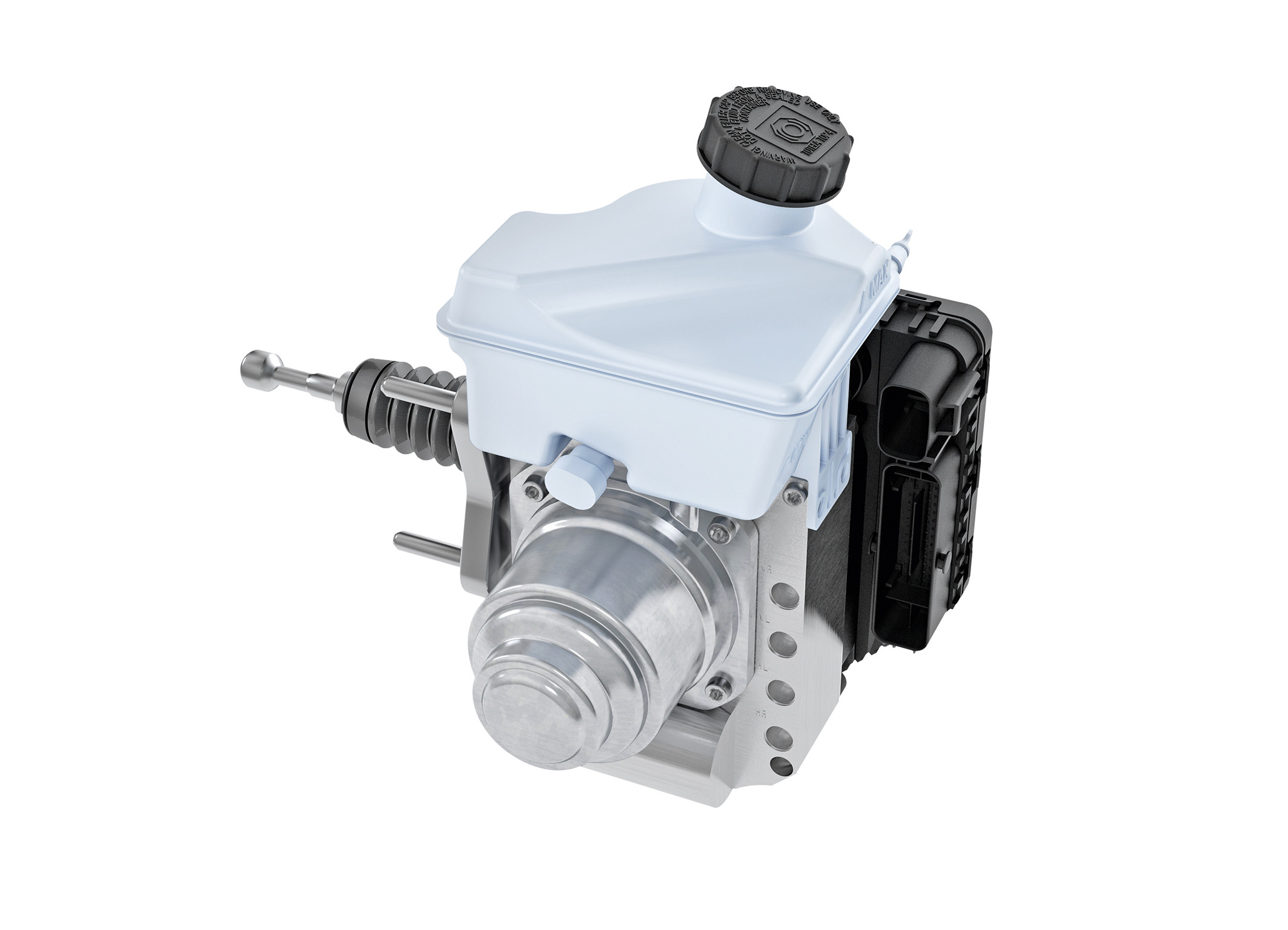
The MK C1 is the latest brake system generation from ContinentalThe MK C1 is the latest brake system generation from Continental, based on the ESC (includes ABS and TCS) and offering around 50 additional functions.
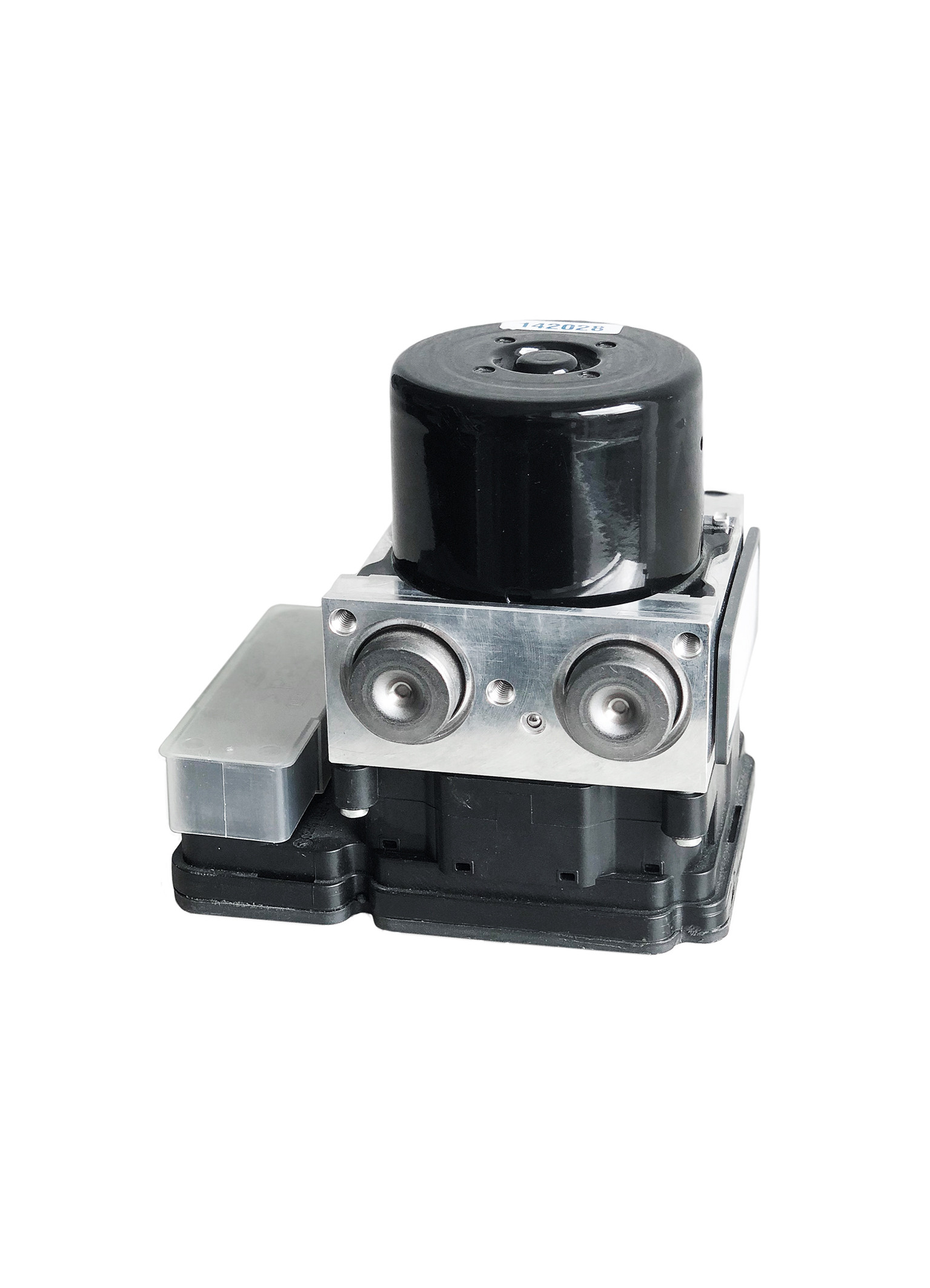
The MIB is the first integral brake system for motorcyclesThe MIB is the first integral brake system for motorcycles from Continental with ABS function.













